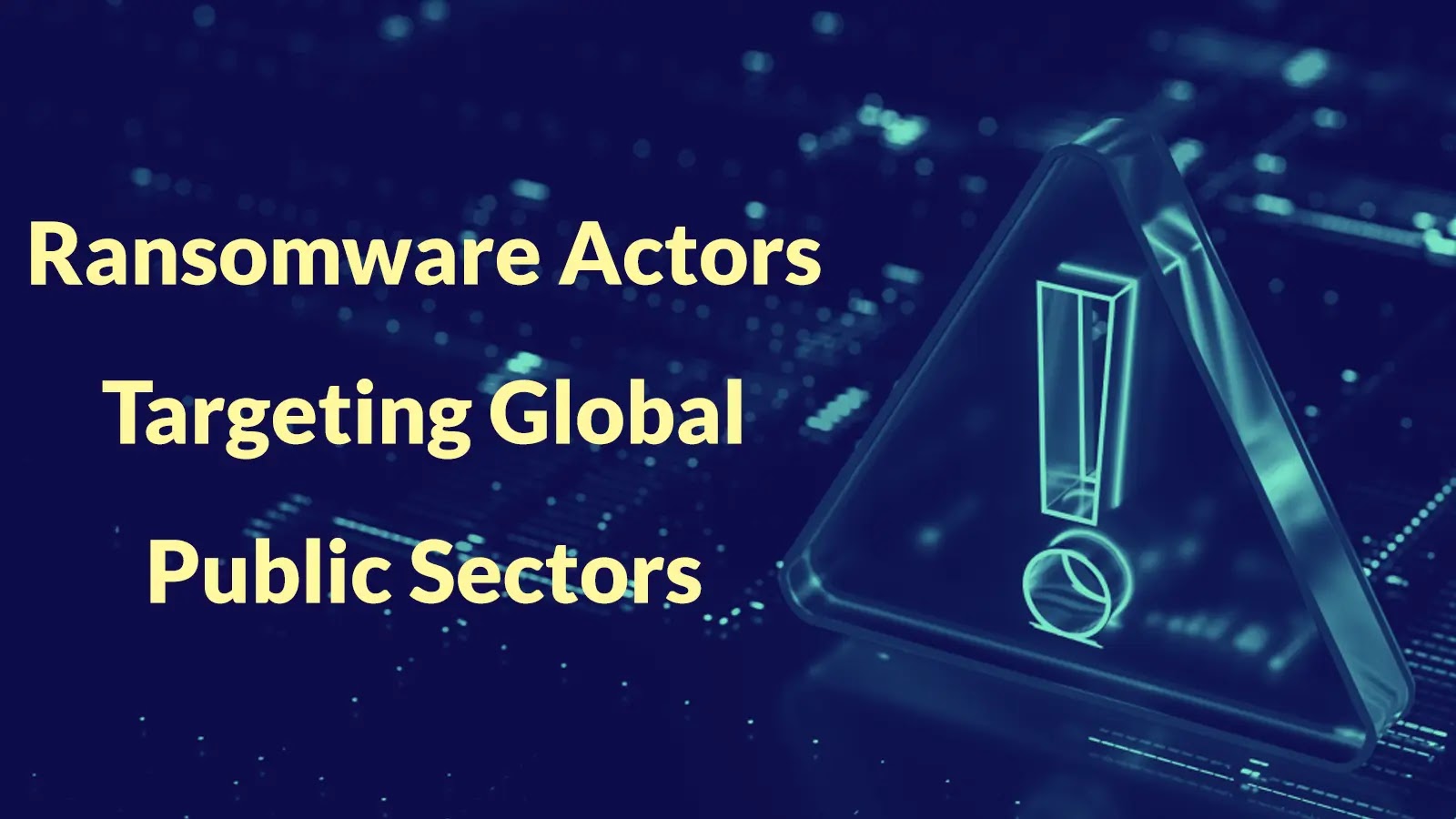In 2025, ransomware attacks targeting public sector entities have surged alarmingly, with approximately 196 organizations worldwide falling victim to these malicious campaigns. These incidents have led to significant service disruptions, extensive data breaches, diminished public trust, and substantial financial losses.
Escalating Threat Landscape
The first half of 2025 witnessed a dramatic 60% increase in ransomware attacks against government sectors compared to the same period in 2024. Globally, ransomware incidents rose by 47%, totaling 3,627 cases. Notably, the United States reported 69 confirmed public sector ransomware victims, underscoring the nation’s extensive digital infrastructure and stringent breach reporting standards. Other affected countries include Canada with seven attacks, the United Kingdom with six, and France, India, Pakistan, and Indonesia each reporting five incidents.
Prominent Threat Actors and Tactics
The ransomware landscape has become increasingly fragmented and sophisticated, with numerous threat groups employing double-extortion tactics that combine file encryption with data theft. The most active threat actors include Babuk with 43 confirmed victims, followed by Qilin with 21 victims, INC Ransom with 18 victims, FunkSec with 12 victims, and Medusa with 11 victims. Additional groups such as Rhysida, SafePay, RansomHub, and DragonForce have also claimed multiple public sector attacks, indicating a diversification in the ransomware ecosystem that complicates attribution and defense strategies.
Double-Extortion Tactics and Data Leak Strategies
Modern ransomware groups increasingly employ double-extortion techniques where files are both encrypted and exfiltrated, allowing attackers to threaten victims with public exposure even if decryption keys are obtained through other means. This tactical evolution was exemplified when the Everest ransomware group claimed an attack against a governmental department in Abu Dhabi, demonstrating the global reach of these operations.
Financial and Operational Impact
The financial ramifications of these attacks are profound. In the first quarter of 2025, government organizations faced the highest average ransom demands across all sectors, reaching $6.7 million per incident. Additionally, over 17 million records were confirmed breached during the first half of the year. Operational downtime costs between 2018 and 2024 reached $1.09 billion for government entities alone.
Case Studies of Notable Attacks
Atlanta Government Ransomware Attack (2018):
In March 2018, the city of Atlanta, Georgia, experienced a ransomware attack that disrupted multiple municipal services, including utility, parking, and court systems. The attackers demanded a ransom of $51,000 in Bitcoin. The city spent approximately $2.7 million in recovery efforts, highlighting the substantial financial burden such attacks can impose.
Health Service Executive Ransomware Attack (2021):
On May 14, 2021, Ireland’s Health Service Executive (HSE) suffered a significant ransomware attack, leading to the shutdown of all IT systems nationwide. The attack, attributed to the Conti ransomware group, resulted in widespread hospital disruptions and appointment cancellations. The immediate response cost the HSE €53 million, with over 32,000 individuals notified of stolen data.
British Library Cyberattack (2023):
In October 2023, the British Library fell victim to a ransomware attack by the Rhysida hacker group, which demanded a ransom of 20 Bitcoin. Upon refusal to pay, the attackers released approximately 600GB of data online. The library utilized about 40% of its financial reserves, around £6–7 million, to recover from the attack.
2025 St. Paul Cyberattack:
On July 25, 2025, St. Paul, Minnesota, experienced a significant cyberattack that disrupted core city systems, including internal networks, online payment portals, and public Wi-Fi. The attack led to the activation of the Minnesota National Guard and a declaration of a state of emergency, underscoring the severity and complexity of the incident.
Vulnerabilities in the Public Sector
Public sector organizations are particularly attractive targets for ransomware operators due to several factors:
– Critical Data Storage: These entities store vast amounts of sensitive personal, financial, and operational data.
– Essential Services: They oversee crucial services, from emergency response to utilities, making disruptions highly impactful.
– Resource Constraints: Many operate with limited IT staff and outdated infrastructure, increasing vulnerability to sophisticated attacks.
These dynamics make public sector organizations ideal targets for ransomware campaigns driven by extortion, not just disruption.
Mitigation Strategies and Recommendations
To combat the escalating threat of ransomware, public sector organizations should adopt comprehensive cybersecurity measures:
– Regular Backups: Implement and routinely test backup systems to ensure data can be restored without paying ransoms.
– Employee Training: Conduct regular cybersecurity awareness programs to educate staff on recognizing phishing attempts and other common attack vectors.
– Network Segmentation: Divide networks into segments to limit the spread of ransomware within an organization.
– Incident Response Planning: Develop and regularly update incident response plans to ensure swift action during an attack.
– Collaboration: Engage with cybersecurity agencies and industry groups to stay informed about emerging threats and best practices.
By implementing these strategies, public sector entities can enhance their resilience against ransomware attacks and safeguard the critical services they provide to the public.



